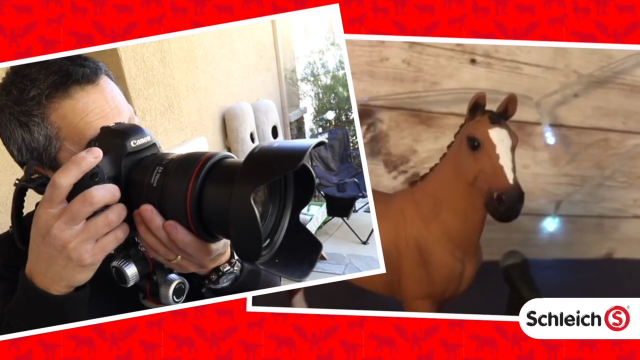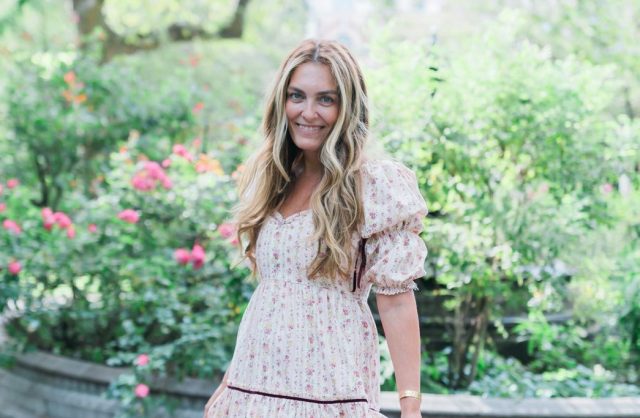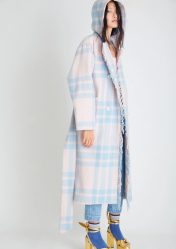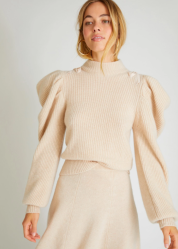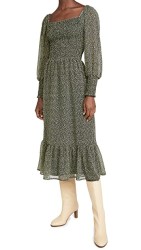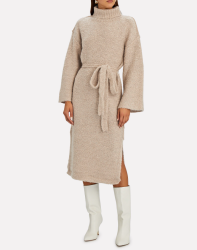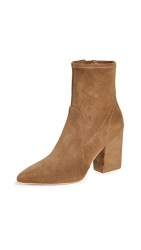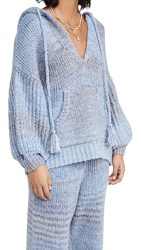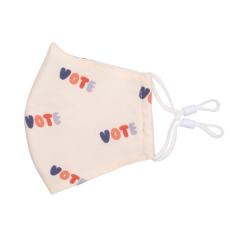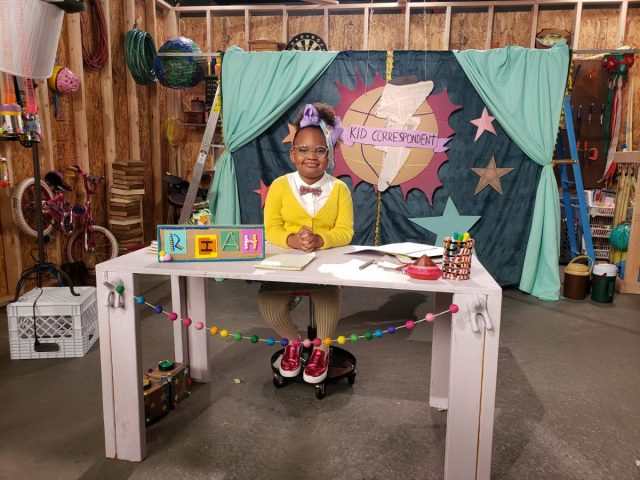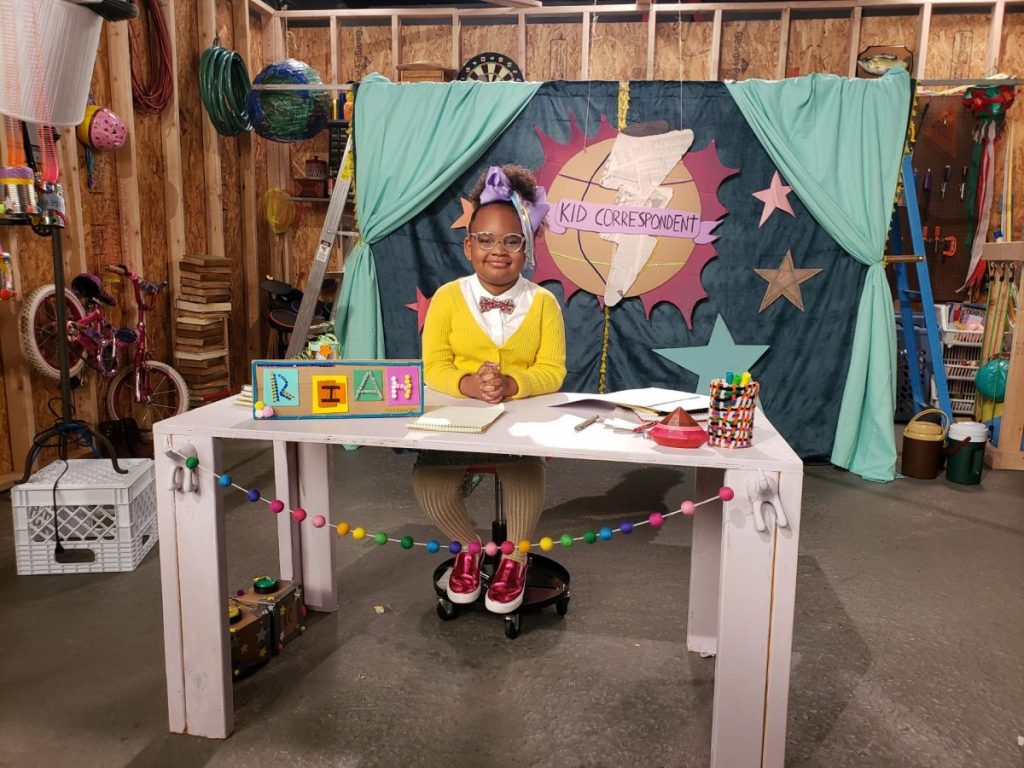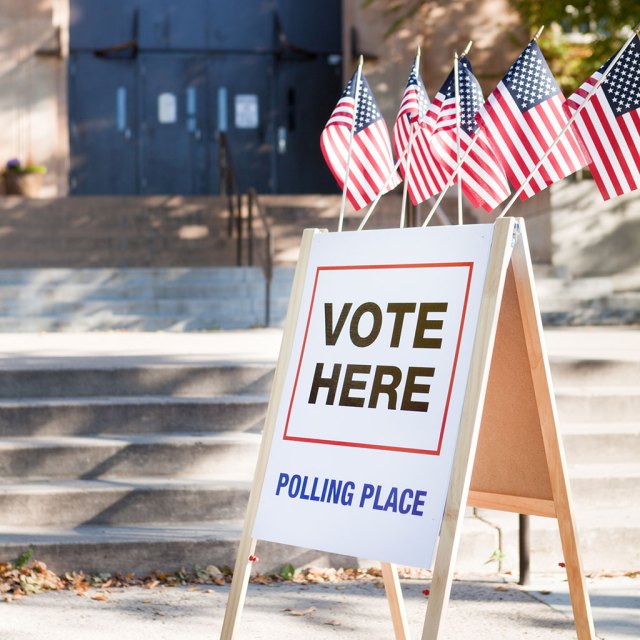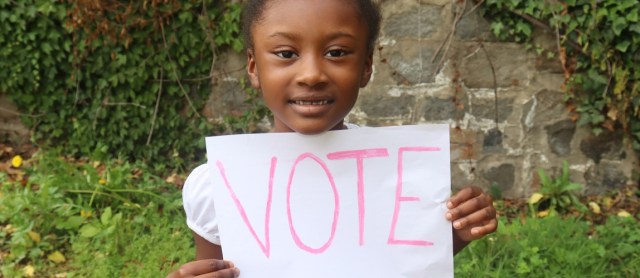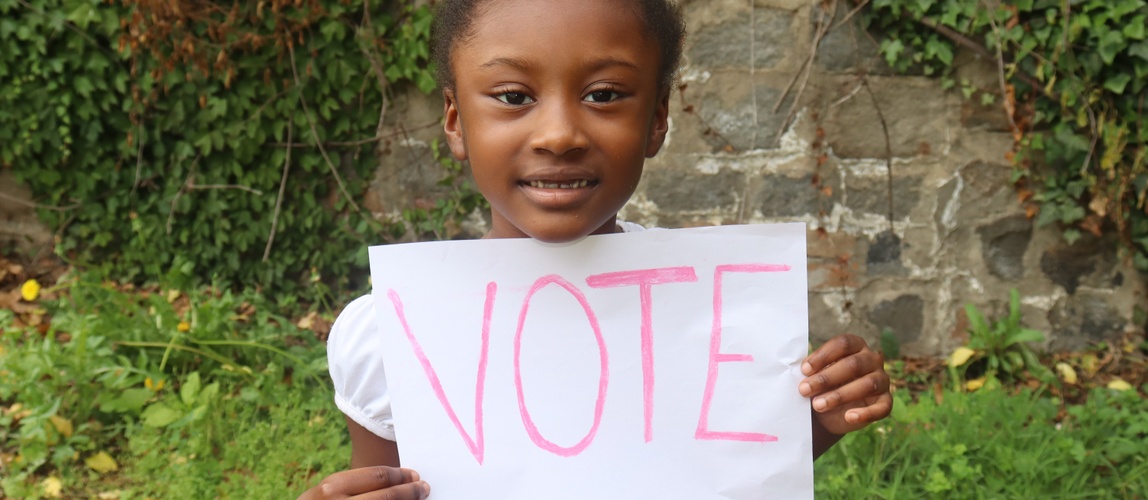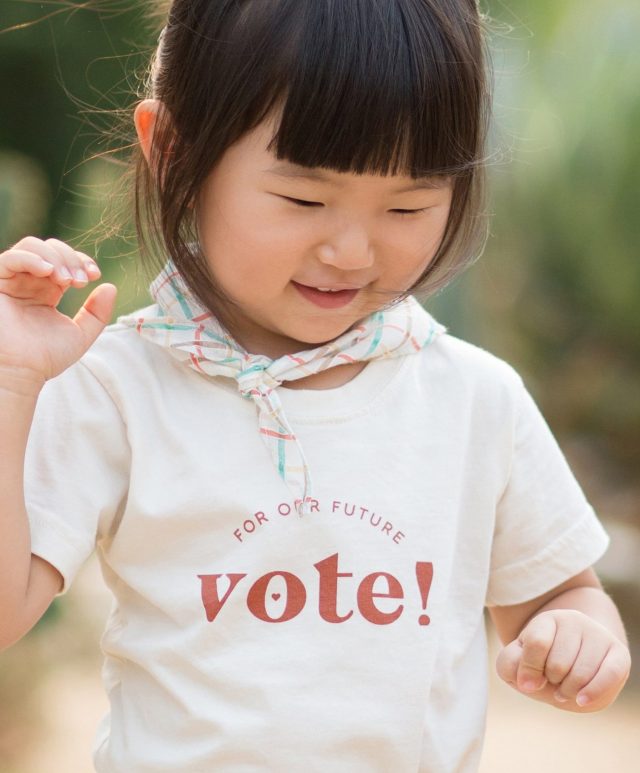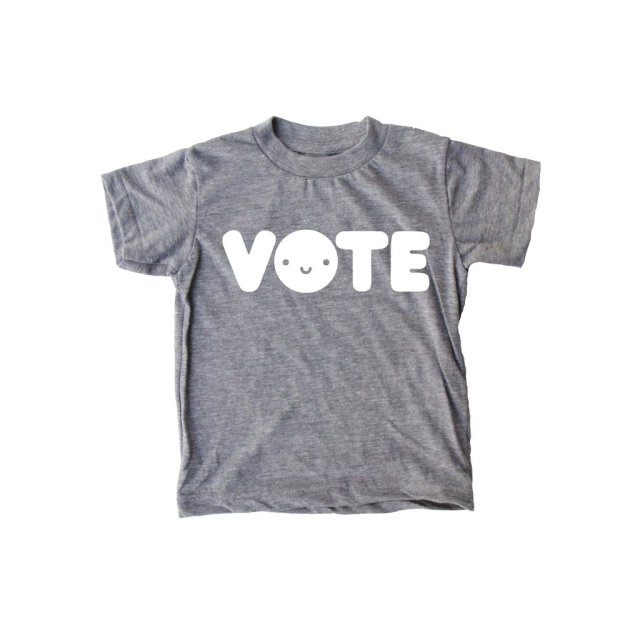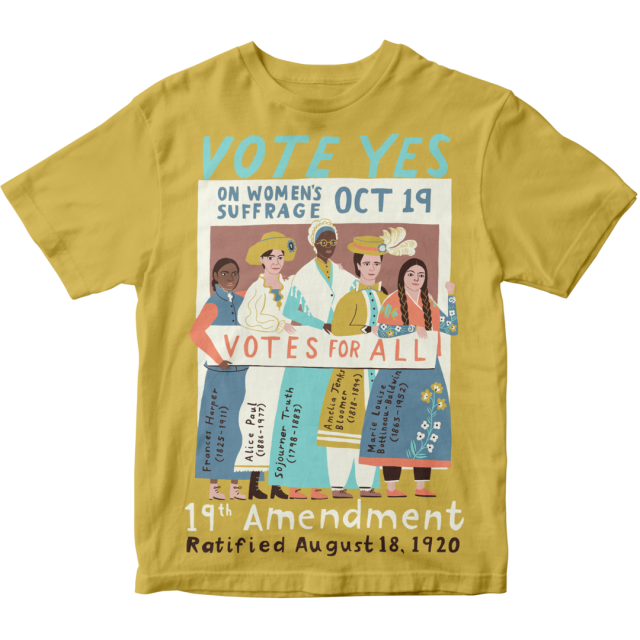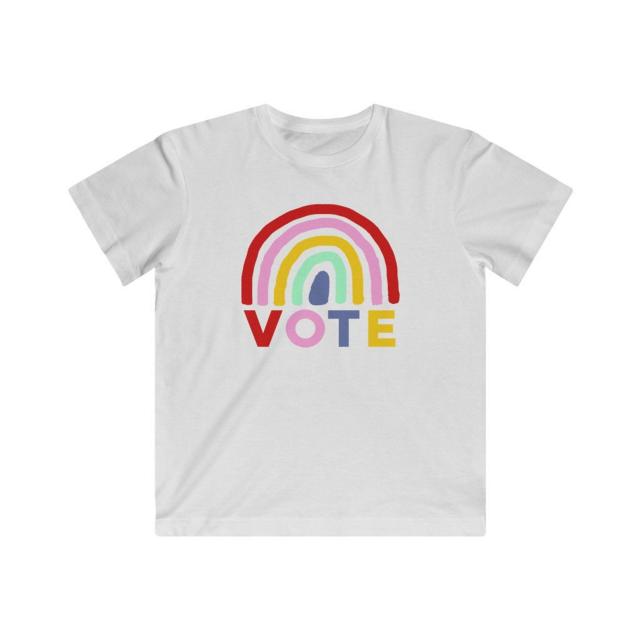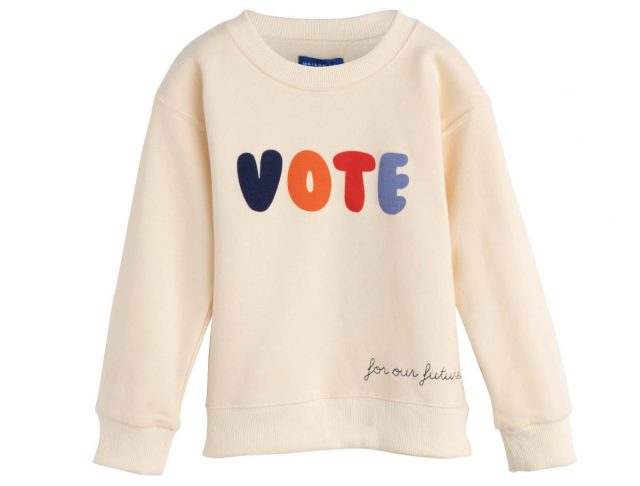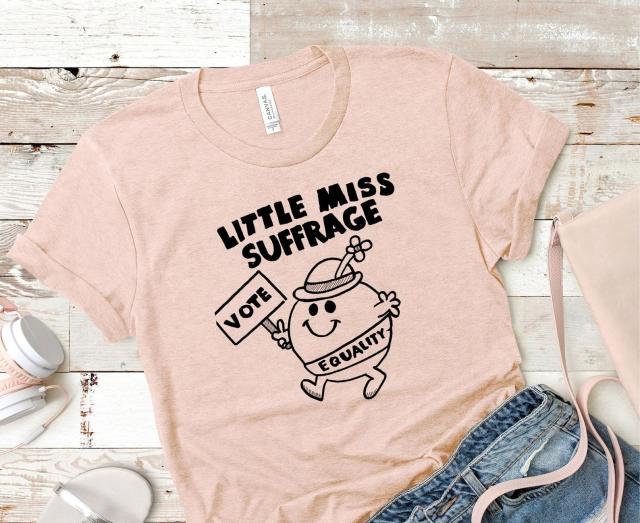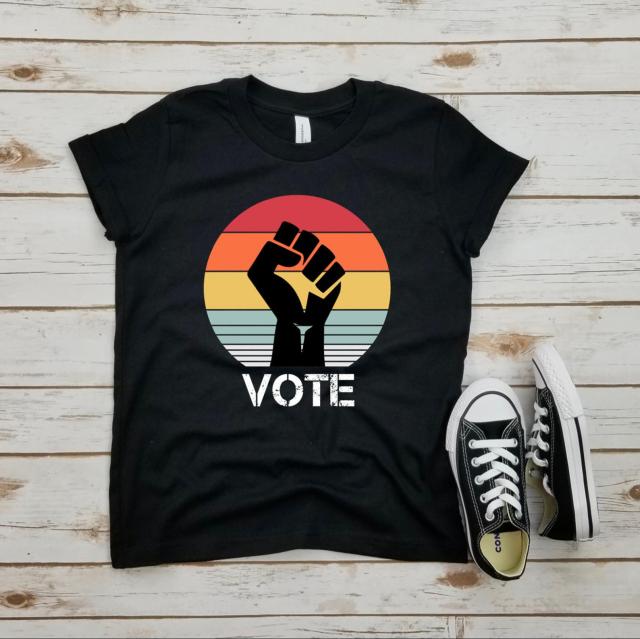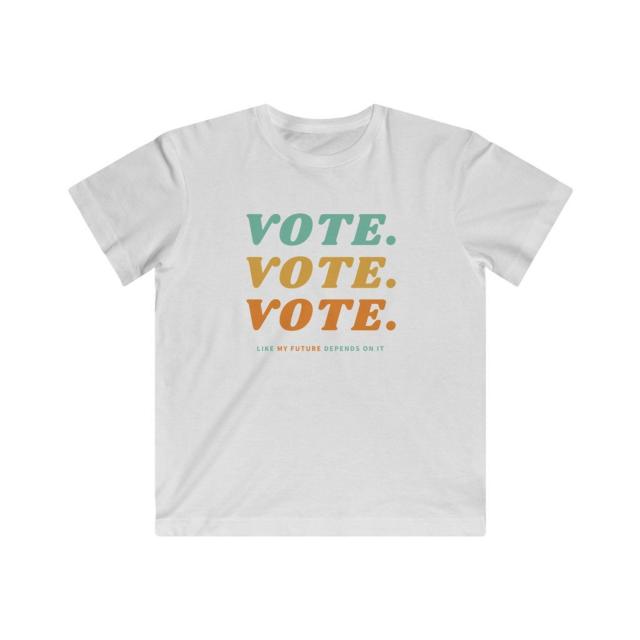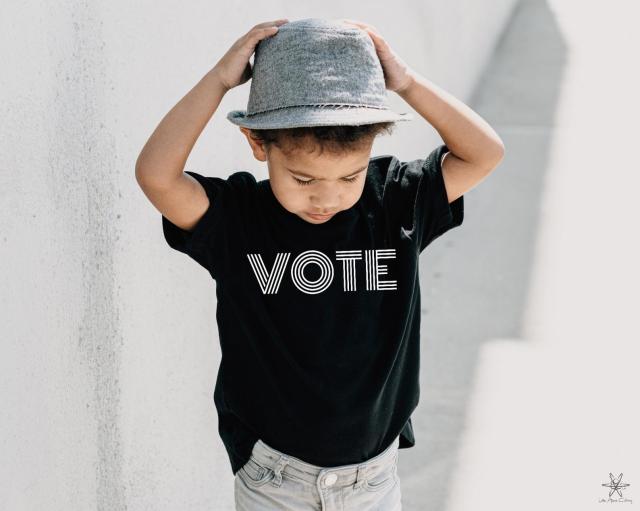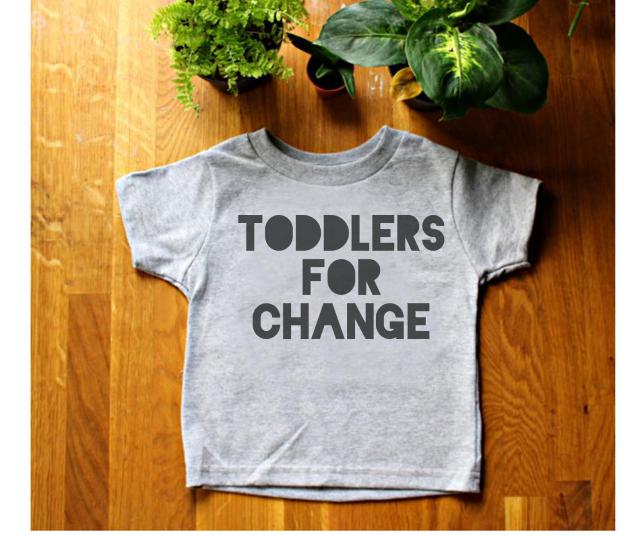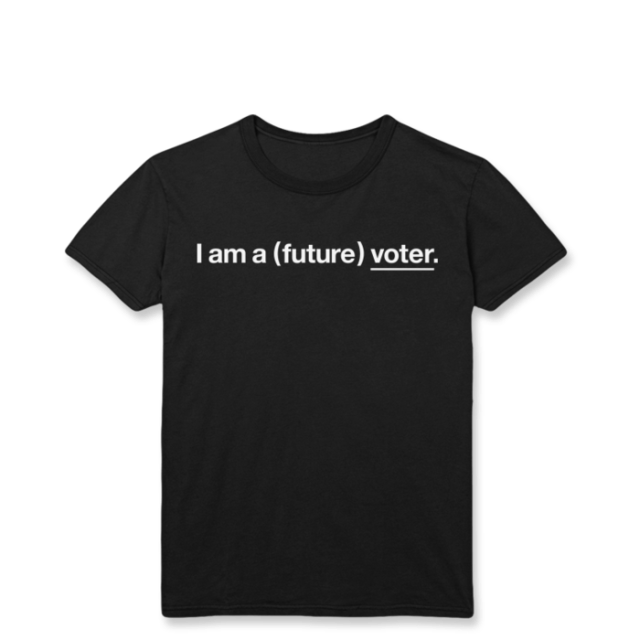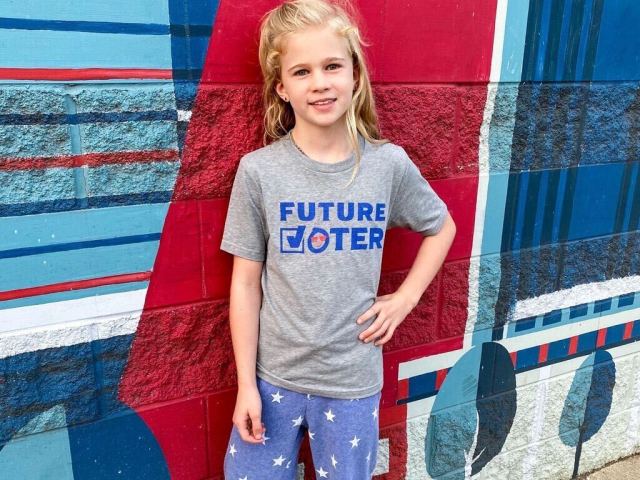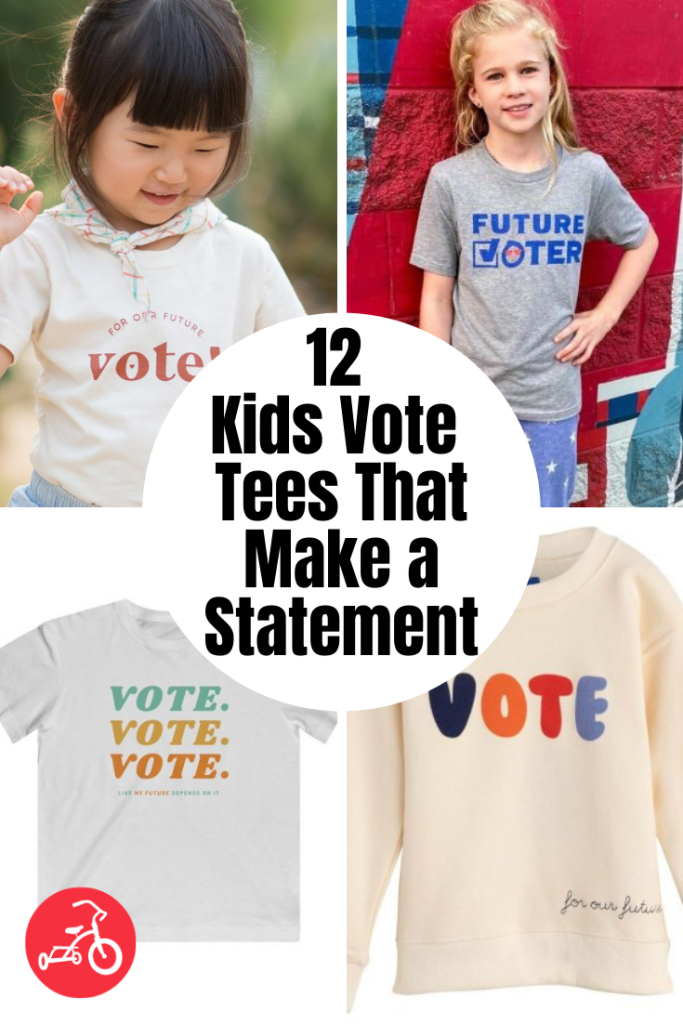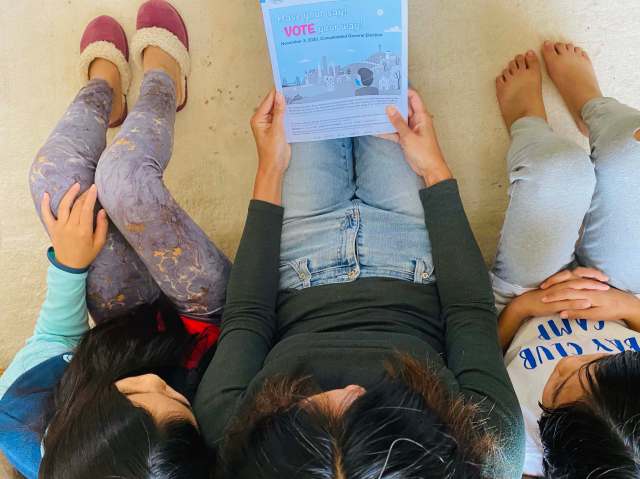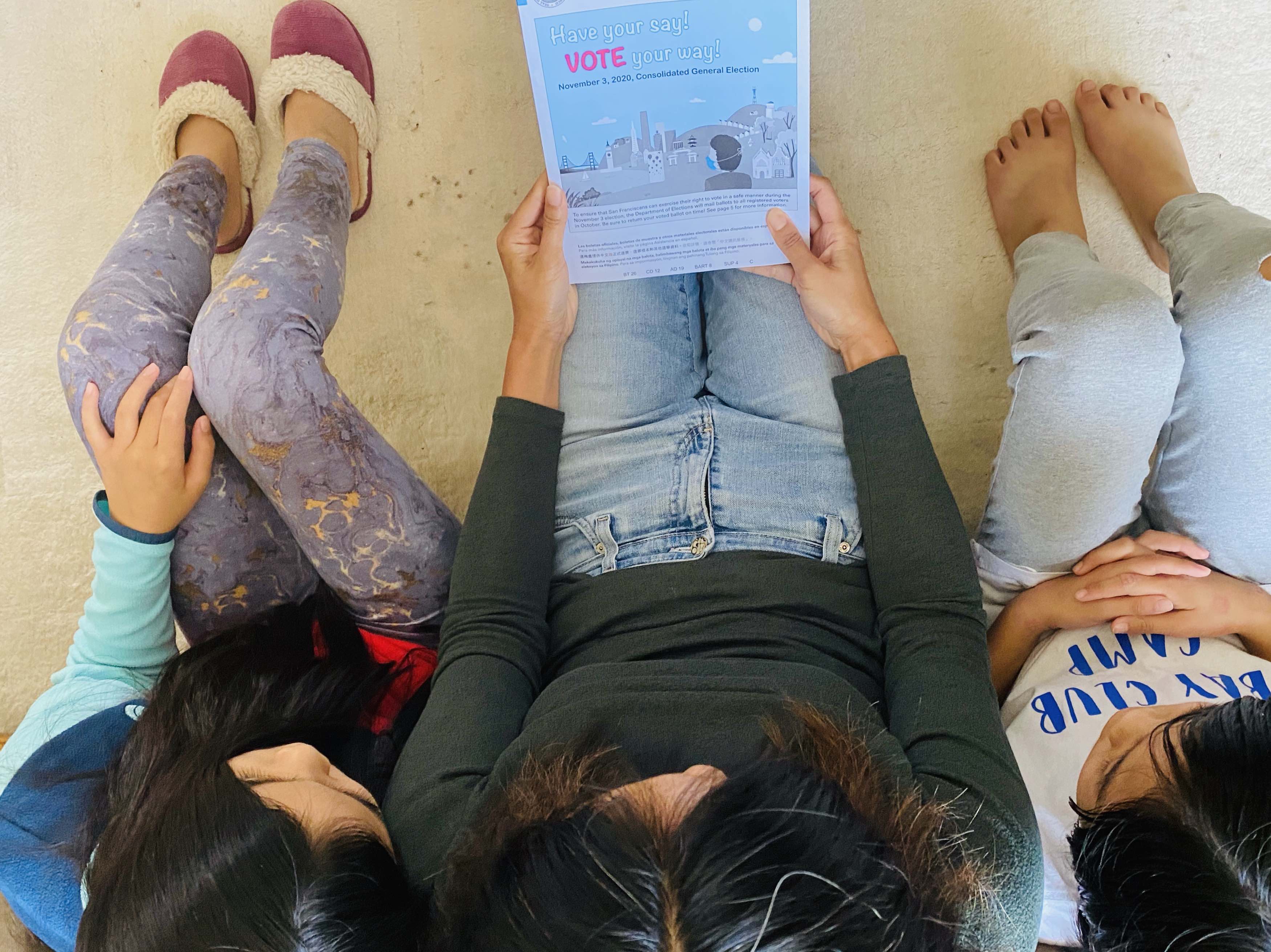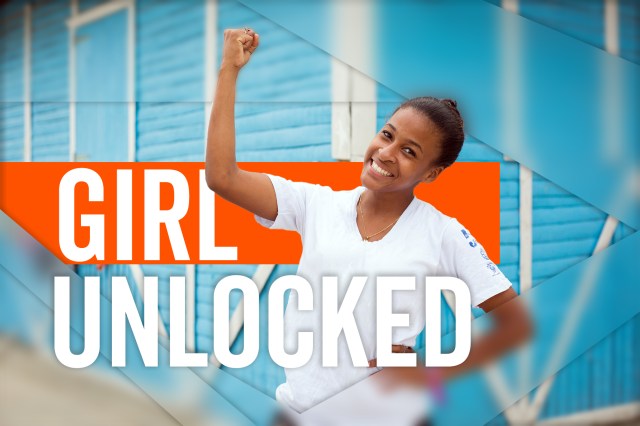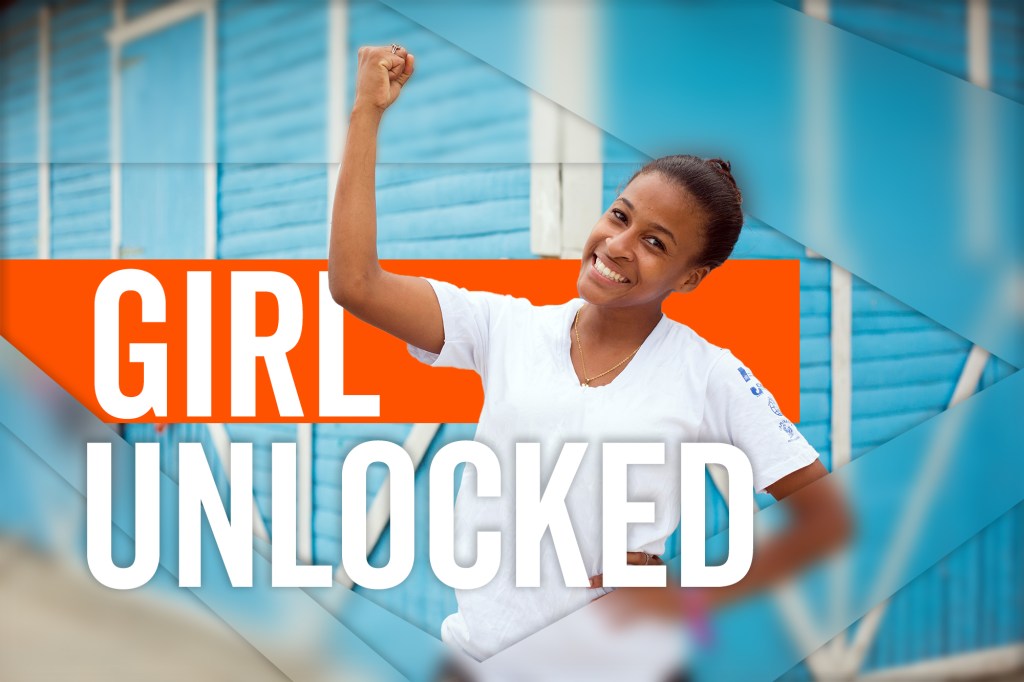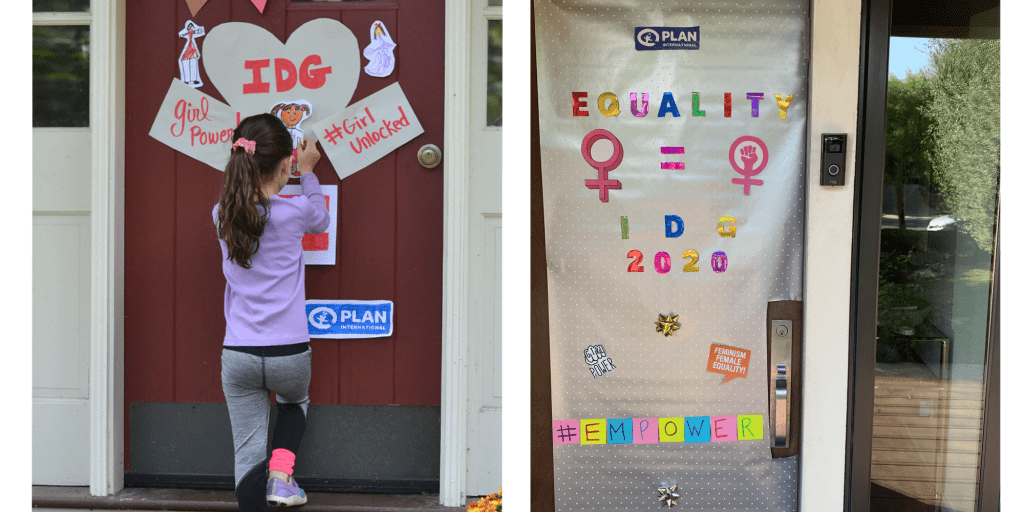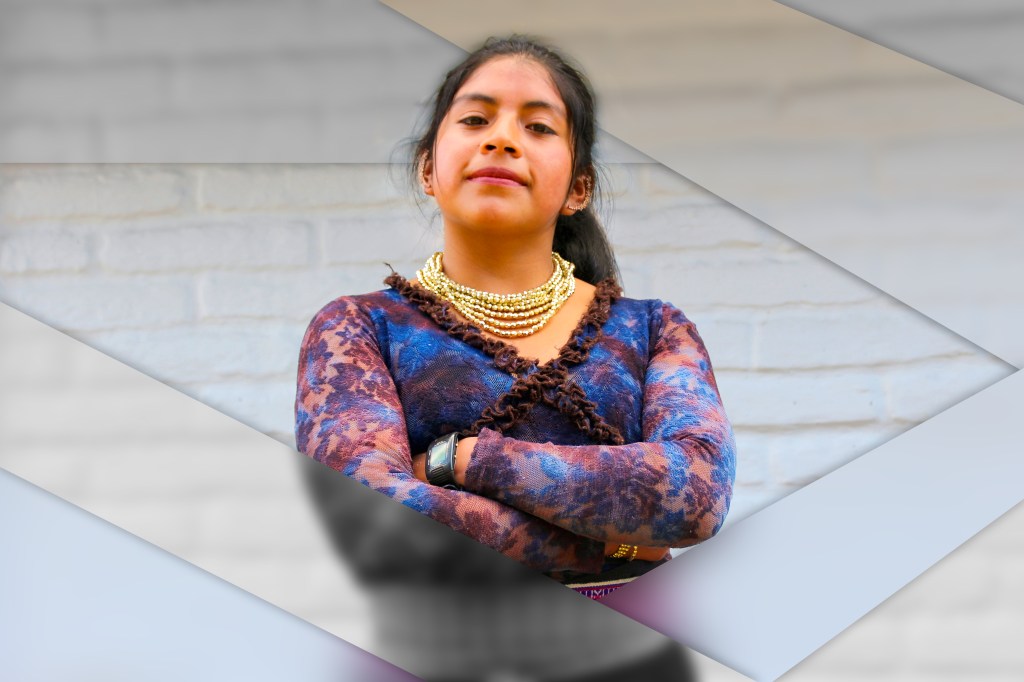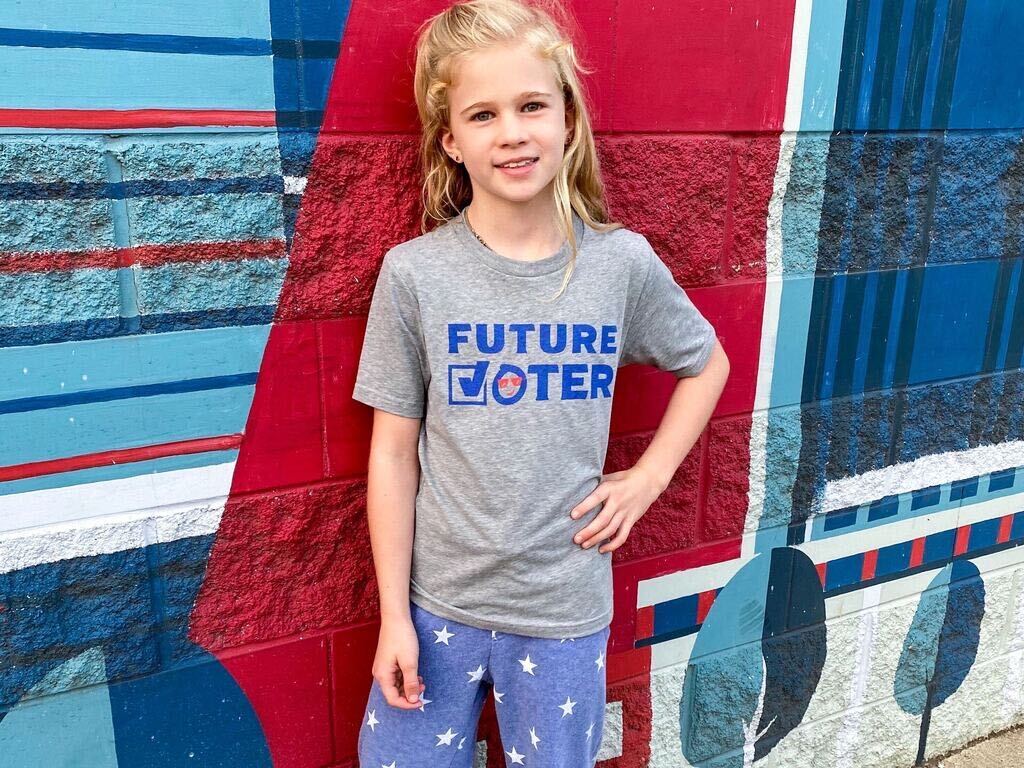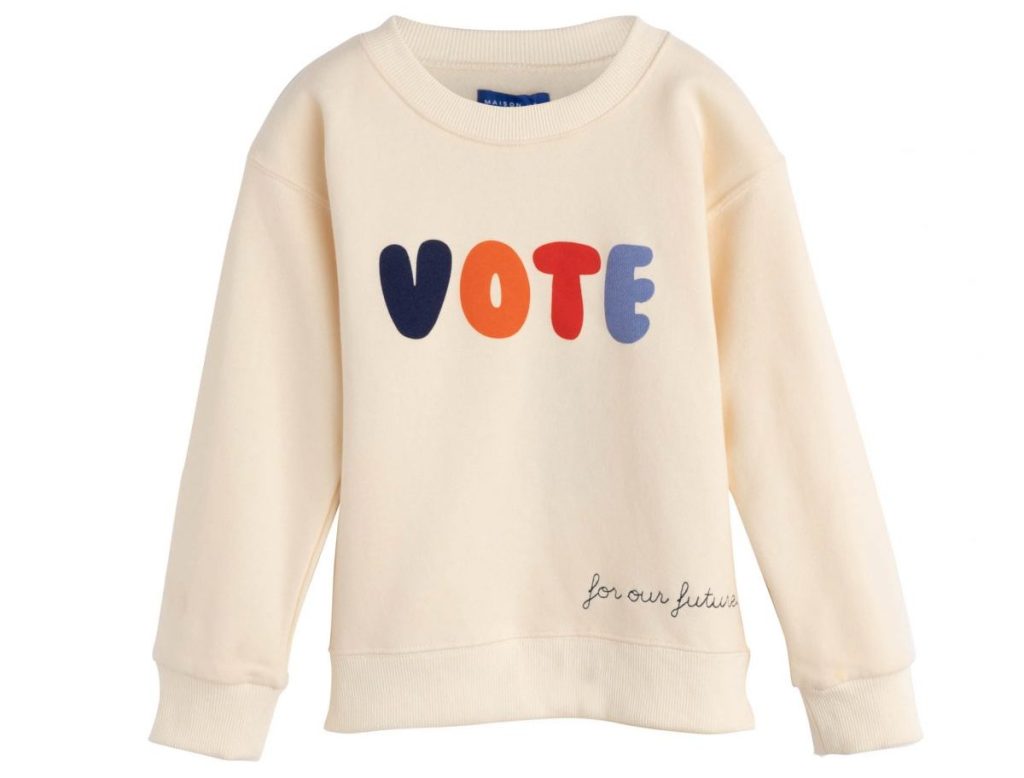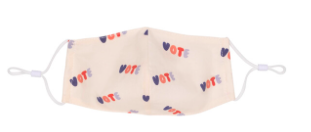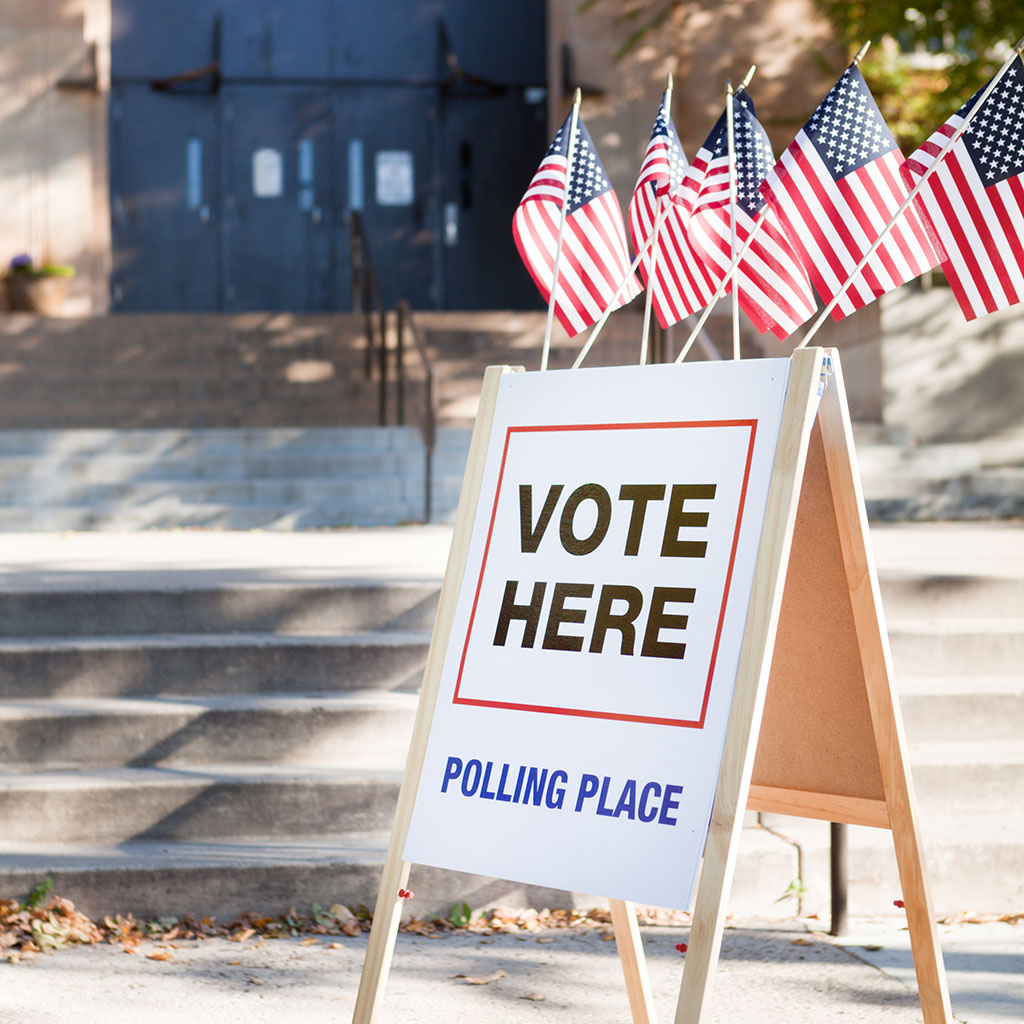
Photo: © YinYang—iStock/Getty Images
During ordinary times, children learn about elections in school, as part of their social studies curriculum. In the United States, the study of democracy and voting typically begins around third grade. However, currently many children are learning at home and, at the same time, we are experiencing a highly contentious presidential contest. When children and teens ask tough questions about the election, parents and caregivers are often at a loss about what to say.
Keep It Simple
Young children need accurate but brief explanations in language they can understand. They need to know how elections work and why this election season is particularly stormy. Older children and teens may be ready to engage in more involved political discussions.
Of course, children also need emotional support from their families when they are feeling confused or worried. As parents and caregivers, our job is to acknowledge and affirm children’s feelings and provide encouragement and a sense of security. That’s a pretty heavy lift these days, but here are some suggestions for how to frame these challenging conversations.
Talking Points: Preschoolers
Young children’s questions will be fairly straightforward.
- What’s an election?
- What does vote mean?
- Why are people voting?
Young children who have not yet learned about elections in school will need simple explanations about how democracy works. These explanations can focus specifically on the presidential election.
- An election is a way to include many people in making a decision.
- The election coming up right now is for deciding who will be the next president.
- Each adult gets one vote. A vote is a chance to say who they think should be president.
It’s not necessary to explain the complexities of the electoral college to preschoolers. It’s fine to say, “The person with the most votes wins the election.”
Reassure your preschooler that elections are a good thing.
- Sometimes people get upset about elections, especially if they feel really strongly that one person should win.
- But elections are important. Elections are a way for everyone to have a say in big decisions.
Your preschooler may also enjoy one of these children’s books about elections:
Talking Points: Grade-Schoolers
Grade-schoolers are better able to discuss current events and may be ready to learn more details about how elections work.
For example, your child might ask, “What’s the difference between Democrats and Republicans?” You might offer a simplified explanation such as, “In general, Democrats believe that it is the job of the government to help people and to make rules. Republicans generally believe that individuals should have a lot of freedom to make their own decisions and their own rules.”
Other questions and conversations may be sparked by what children see on the news, in social media, or by listening to political discussions happening around them.
- Why are people so upset about voting?
- Why is this election such a big deal?
- Why do we even have elections if they cause so many problems?
Again, remind children that elections are a good thing.
- People get upset because they have such strong feelings and opinions.
- Elections are important. Elections are a way for everyone to participate in democracy.
Give children an opportunity to develop their own opinions and ideas. Ask open-ended questions such as “What do you think about that?” Let them know that it’s okay for people to have different opinions and model that in your family by demonstrating all the ways you listen to each other.
Some recommended kid-friendly news sources include:
Time for Kids Scholastic Kids Press Corps
Talking Points: Preteens & Teens
Older children and teens may have questions about specific issues and how they are related to the election. They may want to talk about social justice or how the COVID-19 pandemic has impacted the election process.
Many children will have questions, spoken or unspoken, about the future.
- What will happen after the election?
- What if the candidate I like doesn’t win?
- Will things ever get better?
Parents and caregivers may have similar questions and doubts. Remember that young people are looking to adults to be supportive role models. It can be helpful to intentionally foster a sense of optimism about the future. The message to convey is that our country has been through hard times before and we will find our way through this.
If your preteen or teen is anxious about the outcome of the election, it might also be helpful to provide some historical context. Remind them that the United States has been having elections for a long time. Change is a process. Consult websites like PBS Learning Media to access a searchable library of videos and articles that demonstrate this long arc of history.
Most preteens and teens get their news from social media, which is a notoriously inaccurate source when it comes to politics and the 2020 election. You can help your preteens and teens develop media literacy by encouraging them to check the credibility of social media postings and candidate claims through sites like FactCheck.org and ProCon.org. Teens may also be interested in apps and digital games related to the election process such as the iCivics game Win the White House.
Next Steps
If your child is asking lots of questions about politics, they may be ready to get involved as a volunteer or activist. One option is Rock the Vote, which uses music to engage teens.
Keep checking in with your child to gauge how they’re feeling and what they’re thinking as we draw closer to election day. Invite conversation with questions like, “How are you feeling about the election coming up? Any thoughts about that?”
Listen carefully before jumping in with explanations. Take a breath and say, “Tell me more about that.” During this contentious election season, one of the most valuable lessons we can offer our children is modeling how to listen to each other.
Sources
American Psychological Association, “Talking to Children About the Election,” 2016
Common Sense Media, “17 Tips to Steer Kids of All Ages Through the Political Season,” 2018
Cornwall, Gail, “The Right Way to Talk About Politics with Your Kids, According to Experts,” 2020
Parker, Wayne, “Discussing Politics and Elections with Your Children,” 2019
Learn More
Koralek, Derry, and Colker, Laura J., “The Optimistic Parent,” 2020
Gadzikowski, Ann, “Your Family’s Guide to Media Literacy,” 2020
PBS Learning Media, The Election Collection
We’re living in a time when it’s nearly impossible to distinguish fact from fiction. Parents need information they trust to help them make good decisions about raising their curious learners. Britannica for Parents provides safe and credible resources to empower all kids and parents and inspire curiosity for generations to come.
